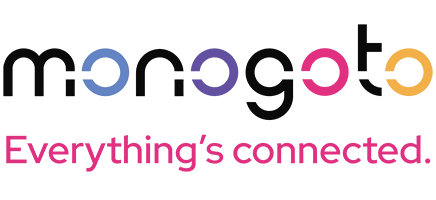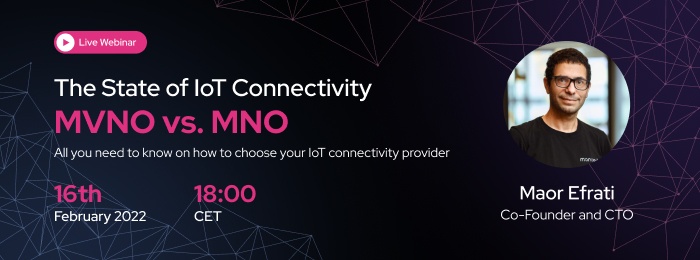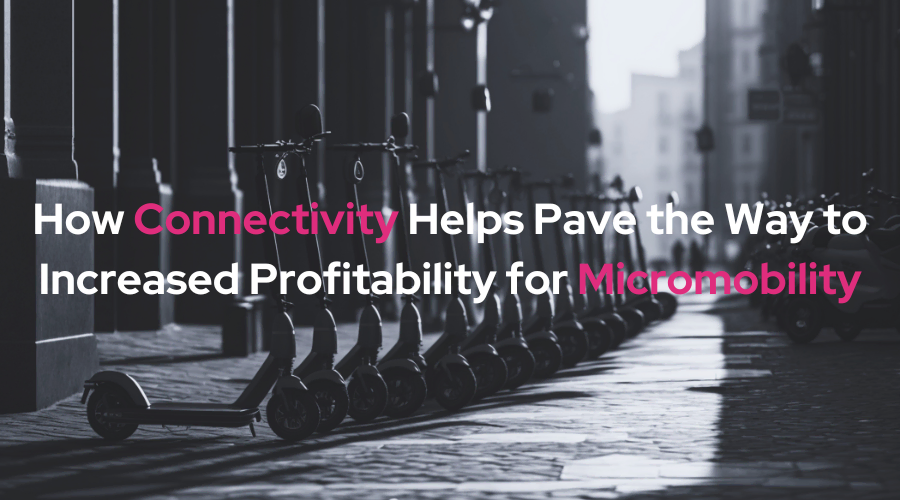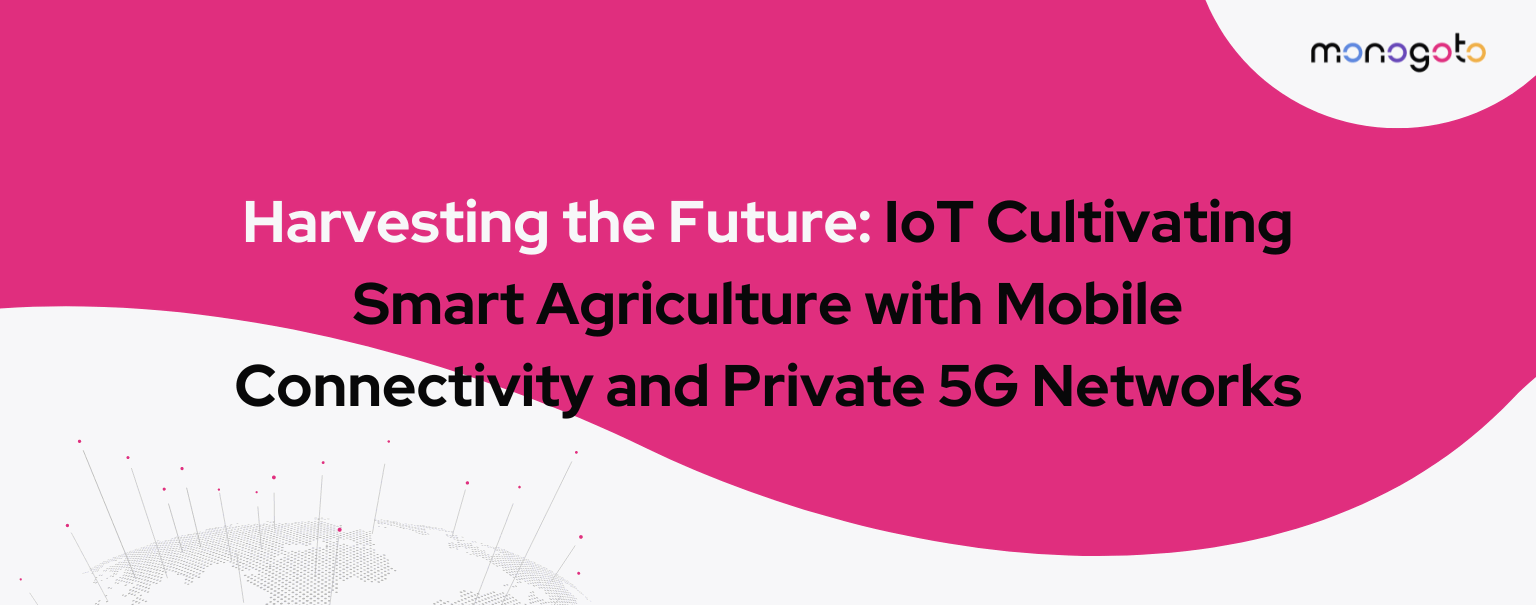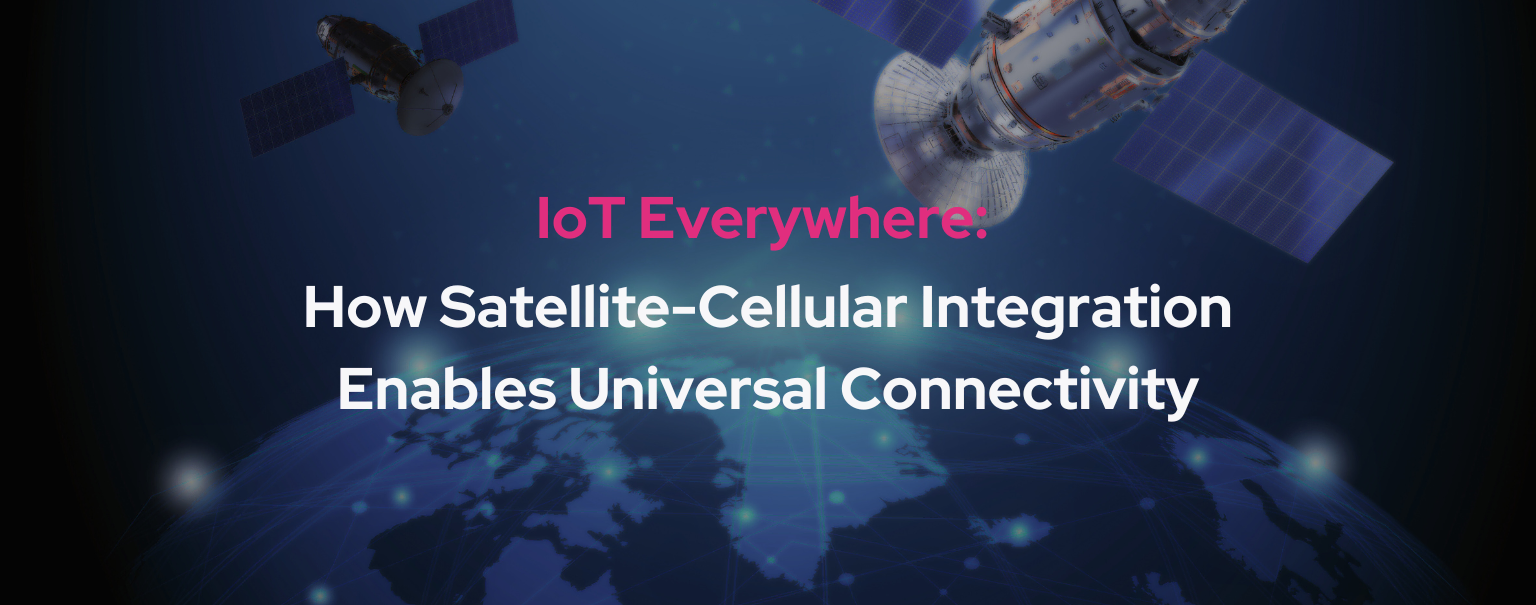In recent years, cellular communication choices have expanded. Now you have more options than ever before to keep your IoT devices connected. However, more alternatives mean researching many connectivity plans before making a final decision. While researching connectivity partners you will find offers from two types of vendors: MVNOs and MNOs.
We’re here to help you understand these options and the significant distinctions between them.
What is a Mobile Network Operator (MNO)?
A Mobile Network Operator (MNO) is a telecommunications company that has acquired radio frequency (assets) from the regulator in a specific country to provide its infrastructure and equipment. MNO is located at the top of the “mountain” and provides connectivity infrastructure to its users and in some cases, also resells this infrastructure to others.
MNOs use the frequency (spectrum) that they purchase to deploy multiple radio sites (cells and antennas) and gain coverage in a specific region or country. MNOs are obligated by law to provide a certain percentage of coverage in the region. Your calls and texts are broadcast over the airwaves using these frequencies.
What is a Mobile Virtual Network Operator (MVNO)?
A Mobile Virtual Network Operator (MVNO) is a company providing mobile services to customers. MVNOs do not need a government-issued radio frequency license.
MNOs resell infrastructure (connectivity calls and texts) to any company that wants to become a MVNO – in many countries they require a lighter license than an MNO, are usually less expensive and less demanding.
The Mobile Virtual Network Operator (MVNO) is simply a company that buys wholesale traffic from an MNO and repackages it to sell to its users. An example can be: a US MVNO will choose to purchase traffic from AT&T, T-Mobile, or Verizon, which it then resells to consumers and businesses.
MVNOs have access to better prices and can build B2B and B2C solutions under the telecom wholesale framework.
There are two types of MVNO’s: Light MVNO and Full MVNO
Light MVNO is an MVNO that only resells the MNO services without being the owner of the network or assets. Much like a supermarket that creates its own “White Label” for food and other products.
Full MVNO is a company with full network ownership, excluding radio frequencies. Such a company builds an entire cellular network with all the needed components and just has a roaming agreement with the MNO for the traffic.
Full MVNO has a massive advantage in its independence, flexibility, resilience, and features for its users. Full MVNO can also work with multiple MNOs to gain superior coverage as it is not limited to a single network.
The Difference between MVNO and MNO
| Features | MNO | Light MVNO | Full MVNO |
| Deployment speed | Slow | Depends on MNO | Fast |
| Flexibility | Some, but changes happen slowly | None | Fully flexible |
| Globality | Partial | Is Global | Is Global |
| Price | Traditionally high | Affordable | Flexible and customized to your needs |
| Independence | Full | None | Fully independent |
| Trust | Full | Partial | Full |
| Innovation | Low | Low | High |
- MVNOs can provide their own customer care support services and provide their customers with the assistance they require, including answering any queries they may have about the services offered by the MVNOs.
- MNOs are more likely to charge more than MVNOs since they must face the costs of erecting their own towers to ensure that their customers have access to network coverage.
Because MVNOs need fewer people, less equipment and their operational expenses are lower, they can offer lower cost services.
When Should You Choose a Full MVNO?
MVNOs are typically very good for specific segments: e. g. communities, ethnic groups, and common interest groups – for example, young people or foreign workers. MVNOs can offer more competitive alternatives to consumers, implying cheaper costs without sacrificing service. Using network bandwidth without having to own it, means savings can be subsequently passed on to the customer.
MVNOs can also provide a more customized service than MNOs, providing a more generic service that caters to the masses. Offerings can be adapted for varied consumer needs by segmenting the market, offering better international rates for frequent out-of-country callers. This helps MVNOs differentiate themselves from the competition by providing distinct value offerings.
MVNOs can focus entirely on serving customers and will have higher satisfaction rating than MNOs because they do not require a significant workforce or investment to create and maintain networks.
Because they are more concerned with providing a service than with maintaining networks, MVNOs often offer a superior consumer experience.
Monogoto – A Full MVNO for Developers: OTT MVNO
With the growth of the cloud and the globalization of the world, a new breed of business called Over the Top (OTT) has emerged. The uniqueness of an OTT service provider is that it provides services without the need to offer physical equipment or the “last mile”. For example, Netflix is an OTT content provider; it provides neither internet connectivity nor a setup box to its subscribers. WhatsApp is an OTT messaging and communication provider which does not need to provide SIM cards, phone numbers, or internet connectivity to its users. Because of these unique characteristics OTTs can work globally and develop into powerful brands.
Monogoto is a full MVNO “on steroids” that acts as an OTT provider, resulting in it being global and not reliant on a single MNO. In some cases, Monogoto also serves as an MNO by providing private LTE/5G that acts as radio for private networks.
Essentially, Monogoto is a full OTT MVNO for developers. Monogoto is here to make developers’ lives easier by providing cloud best-practices to its users. With Monogoto’s network, developers can work less by developing IoT connectivity globally and securely with a price-point that will justify the customer’s use case.
When considering cellular connectivity options, make sure you pick one that can help you meet your specific needs. If you have any additional questions about your connectivity plans or mobile carrier choices, don’t hesitate to talk to our experts.
